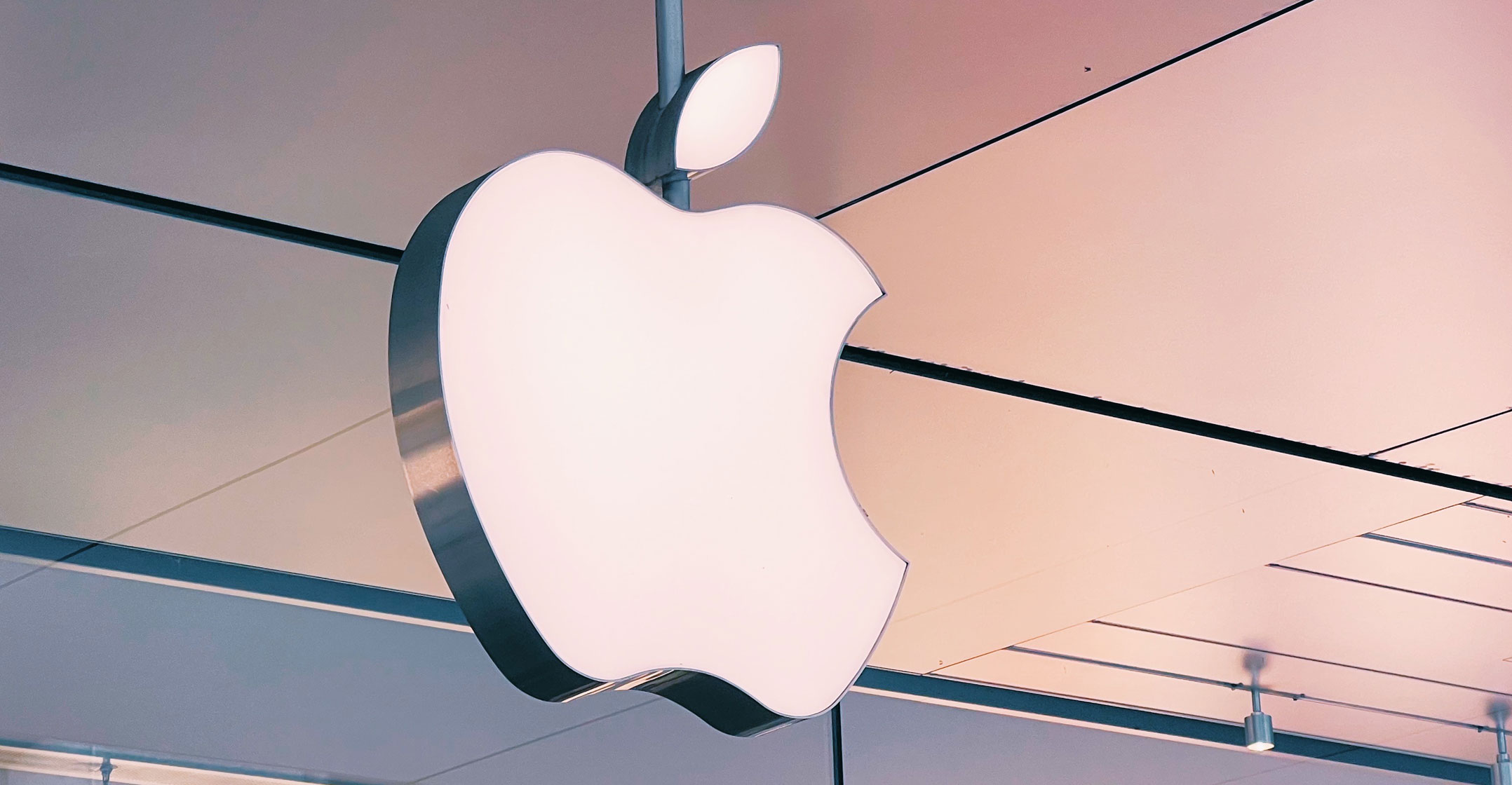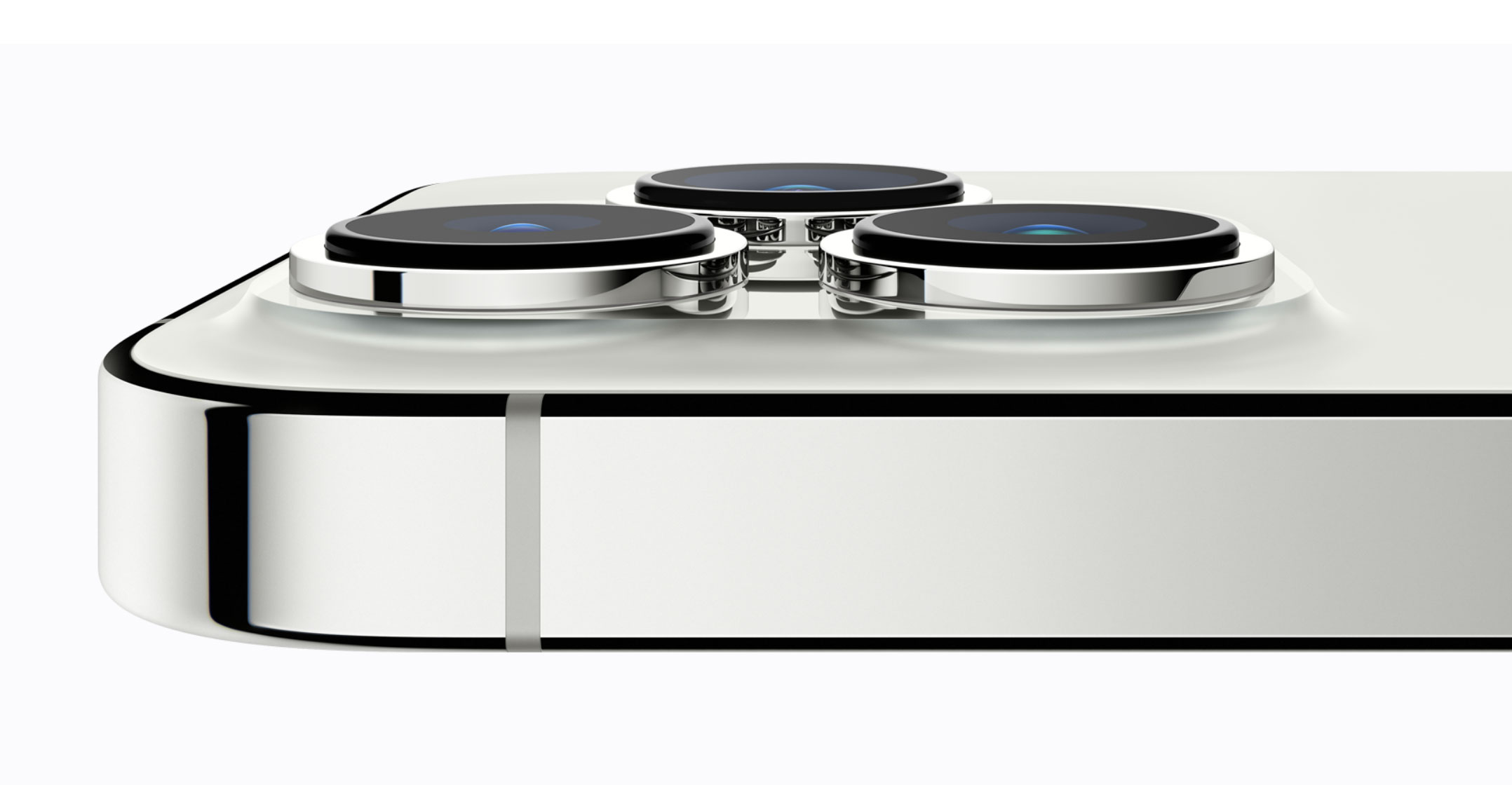 Apple posted record quarterly sales that sailed past Wall Street estimates, a sign it was able to work through a supply-chain crunch fuelled by the pandemic and chip shortages.
Apple posted record quarterly sales that sailed past Wall Street estimates, a sign it was able to work through a supply-chain crunch fuelled by the pandemic and chip shortages.
Sales climbed 11% to US$123.9-billion in the financial first quarter, which ended on 25 December, the company said on Thursday. Analysts had predicted $119.1-billion on average. Profit also beat projections.
The surprisingly strong results suggest that fears of supply upheaval were overblown. Apple CEO Tim Cook had warned late last year that shortages could cost the company more than $6-billion in sales during the all-important holiday period. But the tech giant navigated the crisis and benefited from a flood of new products, including the iPhone 13, Apple Watch Series 7 and updated Macs.
The shares gained 3.5% in late trading. Before the report, they had fallen 10% this year, hurt by a broader downturn in tech stocks. The stock gained 34% in 2021.
Earnings rose to $2.10/share, compared to the $1.90 estimated by analysts. The Cupertino, California-based company didn’t provide guidance for the current period, its fiscal second quarter, an approach that it’s used during the unpredictable Covid-19 era.
Investors are looking to Apple for reassurance after a recent rout battered technology stocks. Concerns about a sales slowdown and looming interest rates hikes have made the sector less appealing in the past month, with Apple itself suffering from the retreat. After topping a market value of $3-trillion in early January, Apple is now worth $2.6-trillion.
Flagship
The company generated $71.6-billion in revenue from its flagship product, the iPhone, beating Wall Street estimates of $67.7-billion. That’s up 9.2% from the year-ago quarter. The sales period represented the first full quarter of iPhone 13 revenue.
The phone went on sale in September, several weeks earlier than the iPhone 12 did in 2020. Though the iPhone 13 was considered to be a modest update, users looking to upgrade to 5G service still clamoured for the device.
“Supply-demand was largely in balance by quarter end, and China shipments were strong,” Bernstein analyst Toni Sacconaghi said in a note before the results were released.
The supply constraints hitting the iPhone 13 line and other new products, including the latest Macs and Apple Watches, resulted in shipment delays of several weeks. In Apple’s previous earnings report, the company said that the problems cost it $6-billion in sales — and warned that the holiday quarter would be even worse.

Against that backdrop, the results were a relief to investors. But not everything was rosy: sales of the iPad were lower than projected. The company had said after its previous quarter that supply problems were hitting that product particularly hard. Japan also was a weak spot last quarter.
The iPad brought in $7.25-billion in the first quarter, compared to an estimate of $8.1-billion. The company launched the most significant iPad mini update in the product’s history and a minor refresh to its cheapest tablet during the quarter, but struggled to get enough supply to market.
Apple generated $19.5-billion in services revenue in the first quarter, topping Wall Street expectations of $18.6-billion. The category grew 24% from a year earlier on strong App Store, Apple Music and iCloud subscription sales. Apple said earlier this month that developers generated about $60-billion from the App Store across 2021, but it didn’t share specific App Store revenue for the company.
The company reported about $10.9-billion in Mac sales, beating the estimate of $9.5-billion
The wearables, home and accessories division — a unit that includes the Apple Watch, Apple TV, AirPods, Beats headphones, the HomePod and other items — produced $14.7-billion during the quarter. That was up 13% from a year earlier and above the average estimate of $14.2-billion. The category got a boost from new AirPods earbuds launching near the end of 2021 after not getting a similar upgrade in 2020. The Apple Watch Series 7, however, faced a release delay and significant shortages.
The company also reported about $10.9-billion in Mac sales, beating the estimate of $9.5-billion. That climbed 25% from the year-ago period. Apple launched a new MacBook Pro during the quarter that was well received by consumers and reviewers. — (c) 2022 Bloomberg LP




